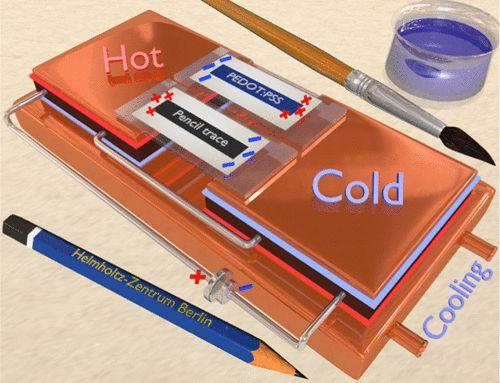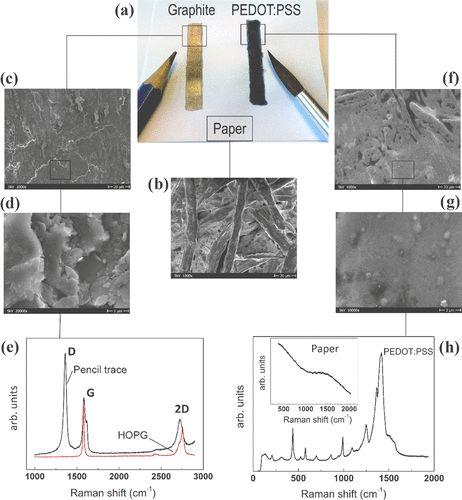18627036752
service@hbsgr.com
background
Thermoelectric effect, also known as "thermoelectric effect", is not a new thing. About 200 years ago, German scientist Thomas J. Seebeck discovered this effect. In short, thermoelectric effect refers to the process of voltage generation due to temperature difference in special materials. Generally speaking, when one end of the material is hot and the other end is cold, the charge carrier will move from the hot end to the cold end, forming an electromotive force, thus generating a voltage.
Almost all technological and natural processes will produce waste heat as a by-product, such as power plants, household appliances, human body and so on. Waste heat is one of the underutilized energy sources in the world, which is generally wasted. However, through the thermoelectric effect, we can convert part of the waste heat into electric energy.

In the previous article, the author introduced some innovative cases through thermoelectric power generation. Next, let's review it together.
1) A team led by Ashutosh Tiwari, professor of materials science and engineering at the University of Utah, USA, uses chemical elements such as calcium, cobalt and terbium compounds to produce efficient, inexpensive, eco-friendly materials that can produce electricity through thermoelectric effects.
2) Researchers at Georgia Institute of Technology developed a wearable thermoelectric generator at the concept verification stage, using flexible conductive polymers and new conductive patterns printed on paper. The thermoelectric generator can collect human heat and supply power for biosensors that measure heart rate, respiration and other physiological indicators.
3) A team led by Kyoung Jin Choi, a professor at the School of Material Science and Engineering, Yushan National University of Science and Technology, South Korea, has developed a new wearable solar thermoelectric generator that generates energy by contacting clothing, windows and building walls.
4) In order to improve the performance and efficiency of thermoelectric generators in flexible wearable devices, researchers at North Carolina State University used EGaIn liquid metal interconnects to connect thermoelectric components. These interconnects not only have low resistance, but also have the characteristics of stretching and self-repairing.
Unfortunately, although the thermoelectric effect is well worth exploiting, it appears very weak in ordinary metals. The reason is that metals have not only high conductivity, but also high thermal conductivity, and the temperature difference will disappear rapidly.
Therefore, thermoelectric materials need to have low thermal conductivity and high electrical conductivity. Thermoelectric devices made of inorganic semiconductor materials such as bismuth telluride have been widely used in specific technical fields. However, such materials are very expensive and can only be used in special situations.
In order to solve the above problems, the author has introduced that the researchers of Osaka University and Hitachi have developed a new non-toxic thermoelectric material: YbSi2, which is non-toxic, high conductivity and low thermal conductivity, so it can be used as an ideal thermoelectric power generation material.
innovate
However, the scientific community is also studying flexible, non-toxic, organic materials based on carbon nanostructures, and will apply this material to the human body. Today, I want to introduce a new scheme for you.
A team led by Norbert Nickel, a professor at the Heimholtz Berlin Institute of Materials (HZB), Germany, has developed a simpler approach. They used regular HB pencils and painted a small area on the copy paper. Then they used a second material, transparent and conductive polymer paint (PEDOT: PSS), and painted another small area on the copy paper.

technology
The voltage produced by pencil marks on paper is comparable to that produced by many other expensive nanocomposites. At present, these nanocomposites are commonly used in flexible thermoelectric components. In addition, the voltage can be increased by 10 times by adding some indium selenide to the graphite of pencil.
In HZB, researchers studied graphene and copolymer coated films by scanning electron microscopy (SEM) and spectroscopy (Raman scattering). Nickel explained: "We were also very surprised by the results. We now find an explanation for why it works so well. Pencil marks on paper consist of disordered graphite sheets, some graphene and clay, which only slightly reduces electrical conductivity, but effectively reduces thermal conductivity.

value
In the future, scientists will use these simple components to print thermoelectric components on paper, which will be very cheap, environmentally friendly and non-toxic. This small flexible component can also be directly applied to the human body, using human heat to power small devices or sensors.